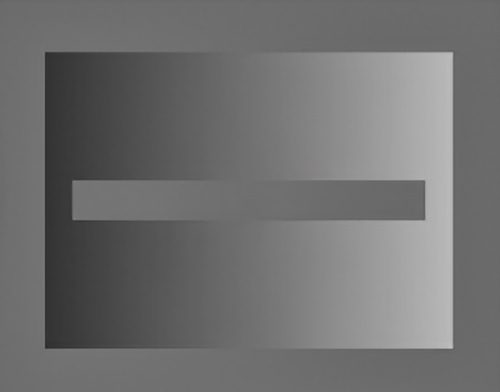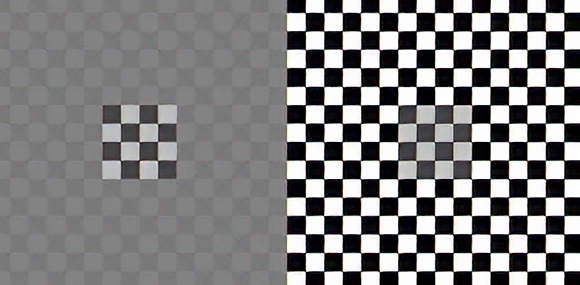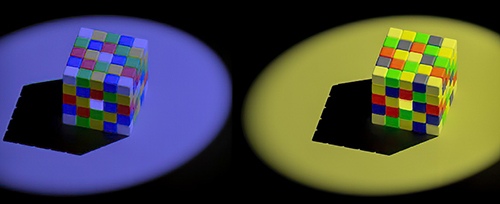
Vision Unveiled: Exploring the Complexity of Perception with Dr. Jolyon Troscianko's Model
Dr. Jolyon Troscianko, a notable researcher from the University of Exeter in England, has taken a significant leap in the field of vision science. He proposes a new model that offers a deeper understanding of visual perception and optical illusions, a puzzling phenomenon that has fascinated for centuries.
In a groundbreaking article published in PLOS Computational Biology, Dr. Troscianko and his team delved into the intricate principle of color appearance. This principle underlines how the contrast between an object and its background significantly influences our perception of the object. This concept, known as simultaneous contrast, is a phenomenon wherein a darker surrounding can make an object appear lighter and vice versa. (Simultaneous contrast is only one of the effects the model predicts. Lightness induction and contrast induction are other important ones.)

However, the journey of understanding visual perception does not end here. The complexity extends to the way our brain interprets the visual world. Our retinas perceive the 3D environment as a 2D image, and our brains are left with the task of interpreting this information. The processing begins with breaking down the visual scene into different spatial frequencies (or sizes), from very fine-scale patterns (high spatial frequency), to very large scales such as big objects or sky versus ground (low spatial frequencies), and all the scale in between.. The perceivable spectrum of spatial frequencies is necessarily limited; some contrasts are too subtle or too large for our visual system to perceive and thus get discarded from further processing.
Dr. Troscianko’s model uses the concept of neural coding bandwidth to help understand visual processing. This principle says that the neurons connecting our retinas to our brains have limitations — they can only handle about 10 to 15 levels of contrast. Hence, our visual system is forced to prioritize the information to be sent to the visual cortex, focusing on the most critical contrasts for interpretation.
The team put this model to the test by introducing several visual illusions. Impressively, the model accurately predicted the majority of these visual phenomena that could previously not be explained with such a simple model. According to Dr. Troscianko, these optical illusions are in fact compression artifacts, a consequence of compressing the vast amount of visual information through low-bandwidth retinal neurons to the visual cortex.

But the beauty of Dr. Troscianko’s model isn’t confined to theories and lab results. It offers a broad range of practical applications that could redefine various fields — from deepening our understanding in visual perception to enhancing computer vision algorithms, and even extending to artificial intelligence systems requiring vision processing—the potential applications are indeed exciting.
Moreover, Dr. Troscianko is eager to expand the model to understand animal vision, potentially uncovering insights about bird vision and evolutionary behaviors. This development could unlock a treasure trove of information about the principles of vision in various species and provide valuable insights into their unique perceptual experiences.
In the realm of technology and media, the model could revolutionize industries that rely on visual representations. These industries include those dealing with color spaces, like CIELAB and CIECAM, and even those dealing with high dynamic range television. The model can guide improvements in compression algorithms, demonstrating which visual aspects can be reduced without being noticed by human viewers, thereby making video streaming less computationally demanding and less carbon-intensive.

The model’s potential extends to a deeply human aspect—vision impairment. While it’s currently speculative, the model’s insights could potentially inform the development of visual prosthetics. This could potentially lead to the creation of technologies that can compensate for visual weaknesses, paving the way for significant advancements in vision restoration technologies.
In conclusion, Dr. Troscianko’s innovative model provides new perspectives on visual perception and optical illusions. By successfully decoding many previously unexplained visual phenomena, the model promises potential advancements across a wide range of fields—from high-tech industries to animal vision studies. This groundbreaking work unravels the complex mechanisms of human and artificial vision systems, leading the way to new and exciting frontiers in vision science.